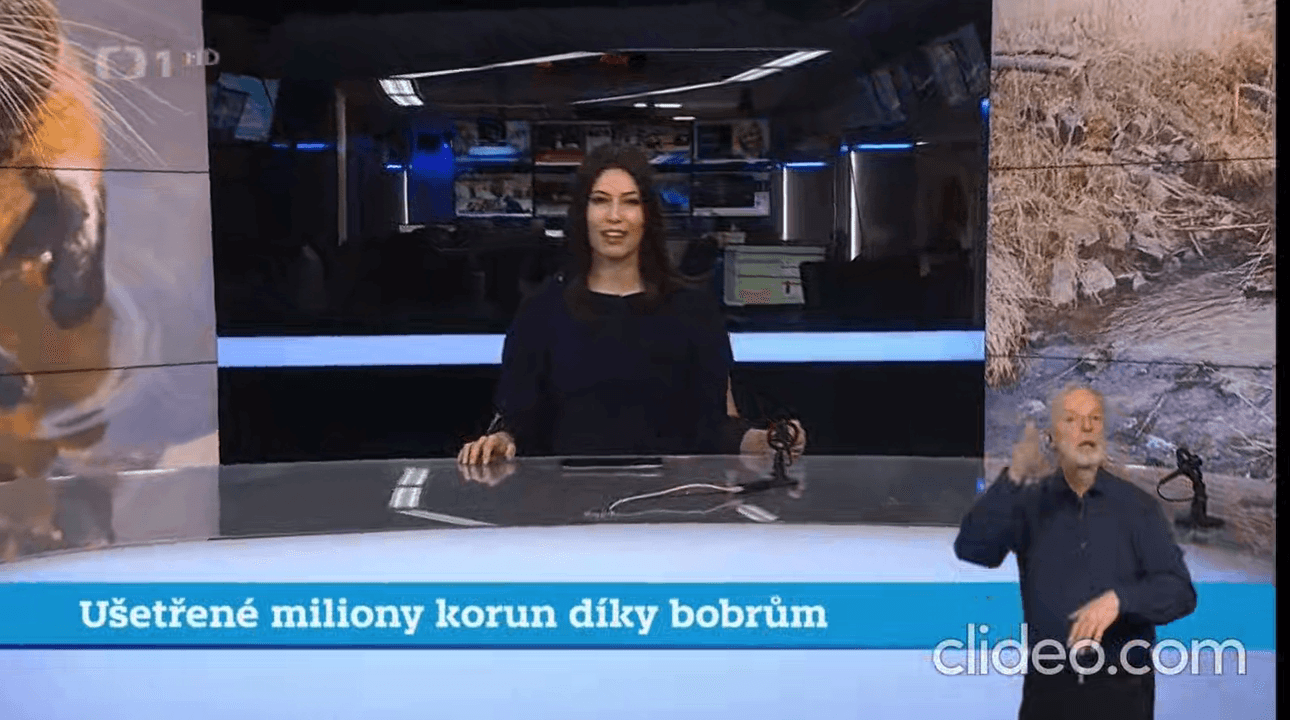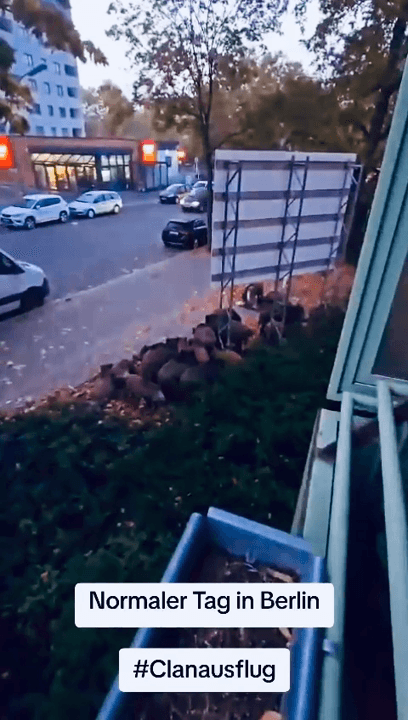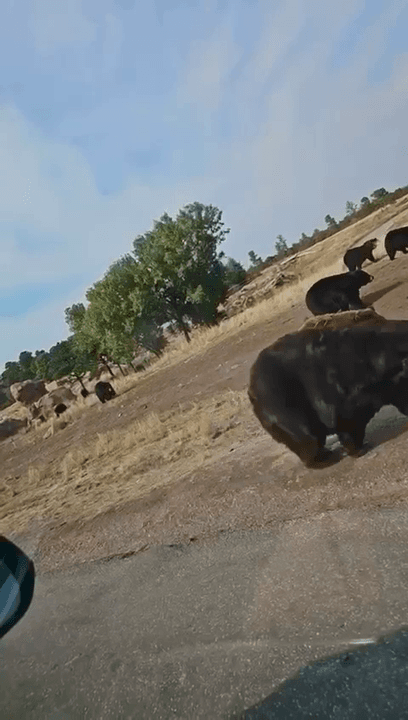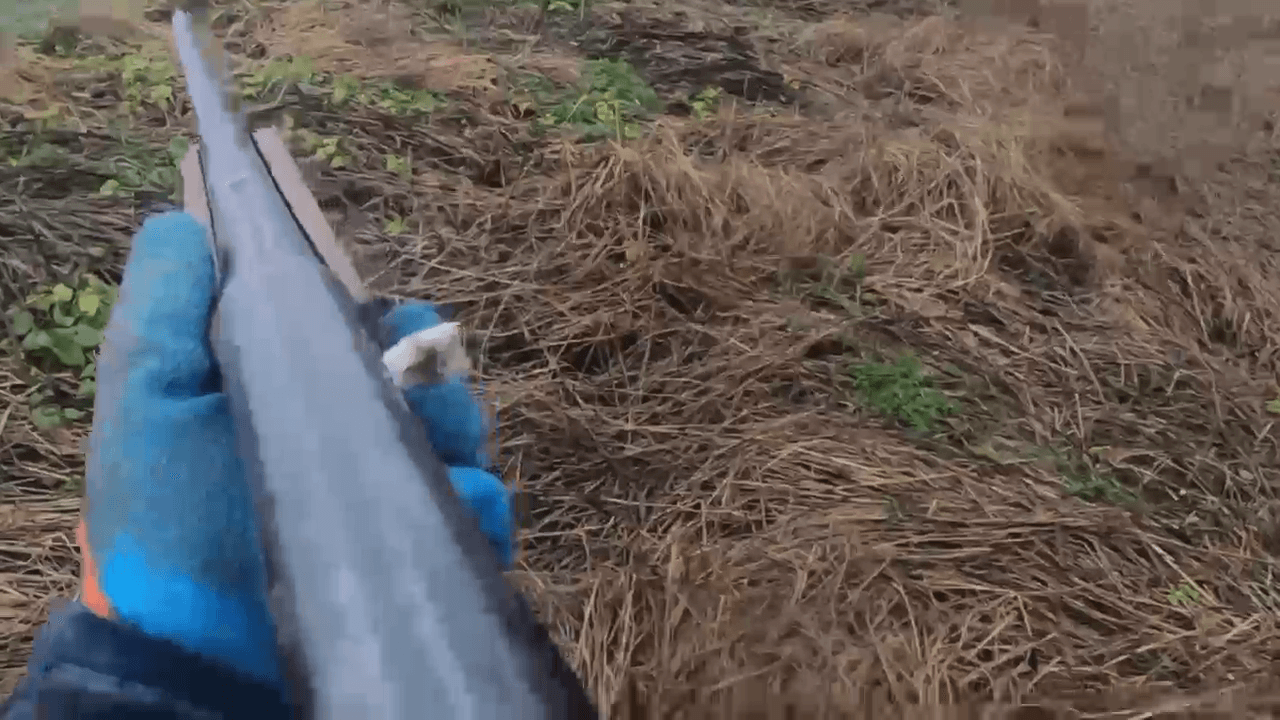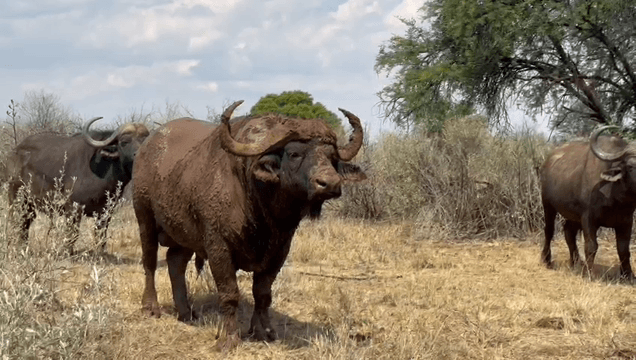
The most ferocious of the big five Hunting for African 🐂 buffalo according to the classics: find tracks and the right buffalo places, honestly walk many kilometers in the tracks of the herd or fight for dagga. Aim and shoot. In 🇿🇼 Zimbabwe, it is becoming increasingly difficult to find record trophies. The average trophy there is now 37-38 inches, but with an old weighty base. In 🇹🇿 Tanzania, especially the western part of the country, and some areas in the north, they produce record buffaloes with sizes in the region of 46-50 inches. And 🇲🇿 Mozambique is simply a paradise for those who care not only about the size of the trophy, but also about fair pursuit and choosing from a great variety. You can try any area, buffalo is in the north, in Nyassa and hunting blocks around, and in the west in the Marromeu swamps, and in the south, closer to South Africa in the forests and national parks. If you want a wild and fierce handsome guy for your collection of African species, come
Post: 7 February 09:57
